Blog
How to Stop Dogs from Depression

Dogs are known for their endless energy, playful nature, and unwavering loyalty. They bring so much joy into our lives; it’s difficult to imagine a world without them. However, just like humans, dogs can experience depression, and it’s heartbreaking to see them lose interest in the things they once loved.
As a dog owner, it’s essential to recognize the signs of depression in your pup and take action to help them overcome this challenge. Depression in dogs is a significant issue that requires attention and understanding.
In this article, we’ll explore the causes of canine depression, how to recognize the symptoms, and provide practical tips and strategies to help your dog regain their happy, healthy demeanor.
Let’s dive in!
Contents
Recognize the Signs of Depression in Dogs
The first step to help your dog overcome depression is recognizing the problem. Dogs can’t tell us how they’re feeling, so it’s up to us to pay attention to changes in their behavior. Some typical signs of depression in dogs include:
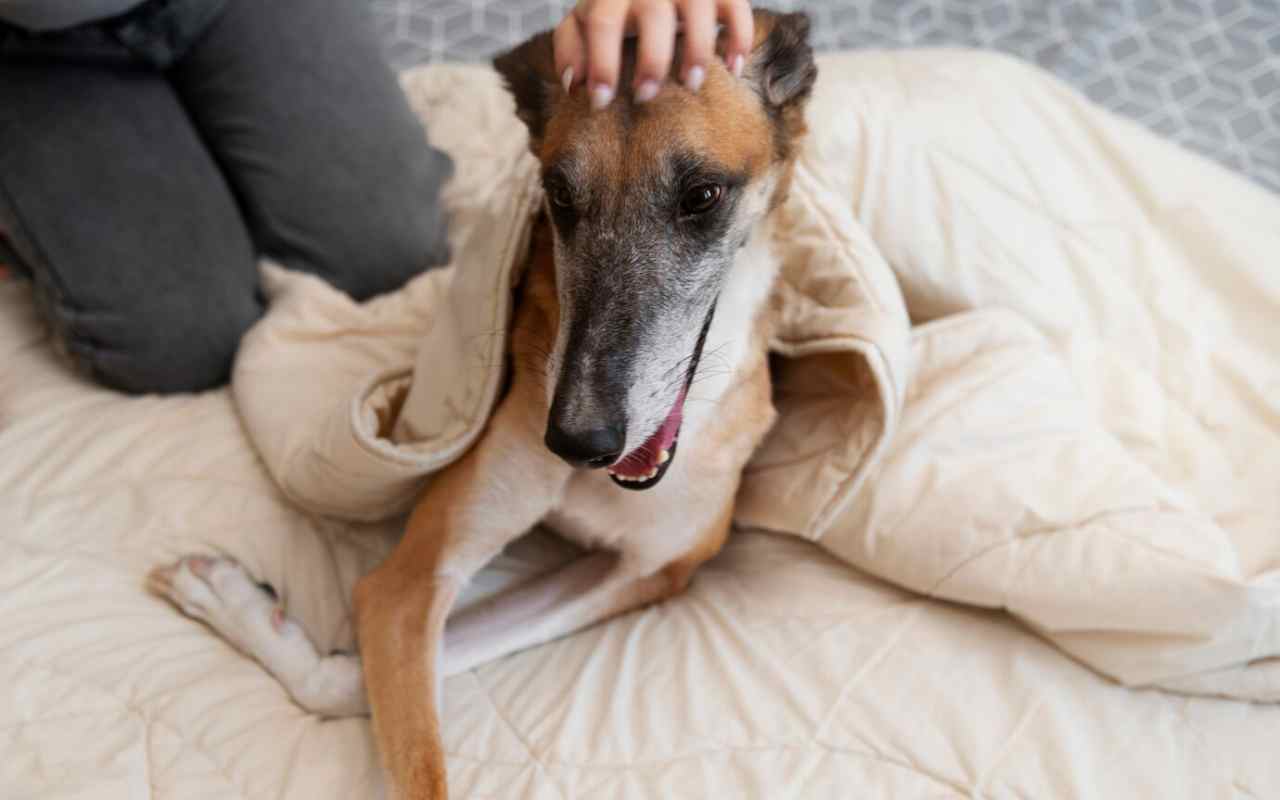
- Sadness and withdrawal
- Loss of interest in usual play and activities
- Changes in appetite (such as eating more or less than usual)
- Sleeping more than usual
- Decreased energy and lethargy
- Clinginess or neediness
- Hiding or avoiding interaction
If you notice any of these symptoms in your dog, it’s important not to ignore them. While it’s normal for dogs to have off days, prolonged changes in behavior could indicate a more serious issue.

Potential Causes of Depression in Dogs
Before you can help your dog feel better, it’s important to understand what might be causing their depression. There are several potential factors that may contribute to a dog’s low mood:
Physical Illness
Many health problems can cause dogs to act depressed. If your dog suddenly seems down, it’s crucial to schedule a visit with your veterinarian right away. They could rule out any potential medical conditions and provide appropriate treatment. Some illnesses that can lead to depression-like symptoms in dogs include:
- Chronic pain from conditions like arthritis or dental disease
- Thyroid disorders
- Cushing’s disease
- Diabetes
- Cancer
If your vet does find a health problem, follow their treatment recommendations closely. As your dog recovers from the illness, their mood should improve as well.

Grief
Dogs are very social animals that develop strong connections with both their human and animal friends.
When they lose a loved one, whether it’s a housemate, a neighborhood dog they played with, or a child who has grown up and moved out, they can experience grief just like we do.
Unfortunately, there’s no way to explain the loss to your dog, and they may become depressed as they mourn the absence of their friend. It’s important to give your dog extra love and attention during this time and allow them to grieve at their own pace.
Environmental Changes
Dogs thrive on routine and predictability, so major changes to their environment can be unsettling. Moving to a new home, renovations, or even a shift in the weather can cause your dog to become depressed.
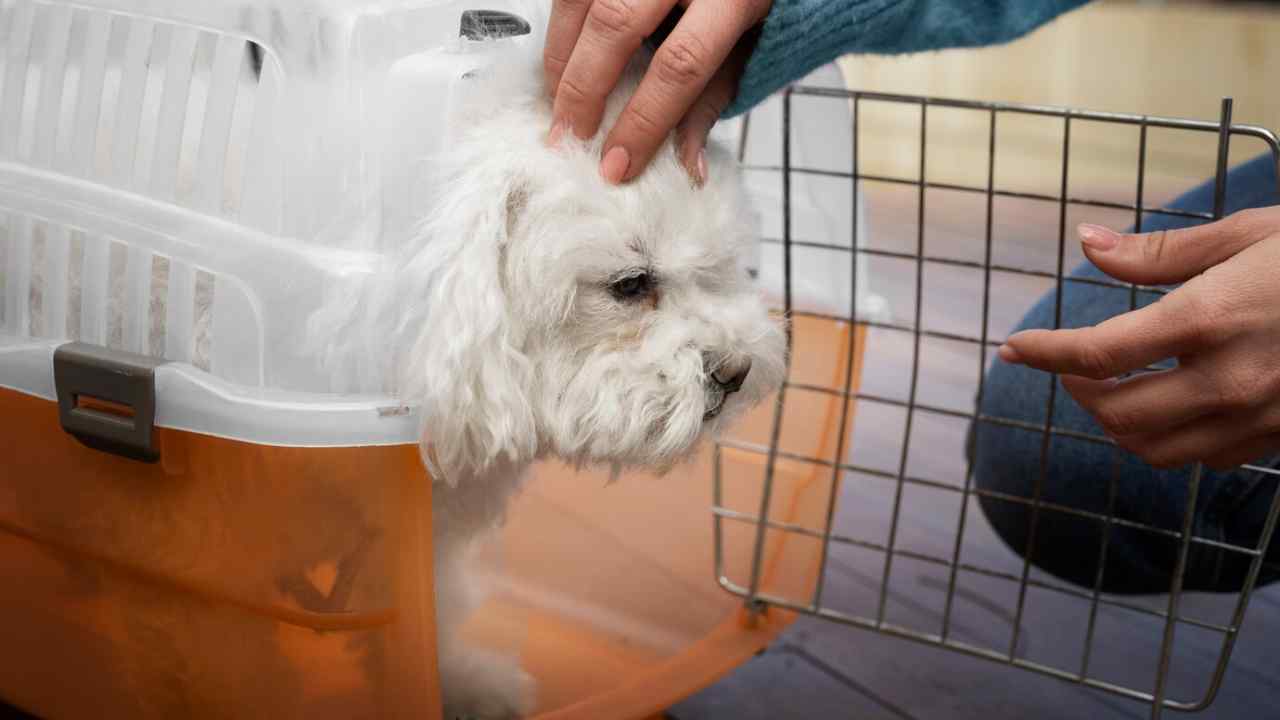
Think about it from their perspective: suddenly, everything they knew and loved has been turned upside down. They may not understand why their favorite couch is gone or why they’re living in a new place. It can take time for your dog to adjust to these changes, so be patient and provide plenty of reassurance.
Fear
Sometimes, what appears to be depression in dogs is actually a manifestation of fear. Dogs may retreat from normal activities as a way to protect themselves from something they perceive as threatening.
It’s important to note that dogs don’t always show fear in obvious ways. They may not cower or shake but instead become withdrawn and disengaged. If you suspect your dog’s depression might be rooted in fear, it’s best to consult with the professional dog trainer or behaviorist who can help you identify and resolve the potential problems.

Owner’s Absence or Depression
Our dogs are highly attuned to our moods and emotions, and they can pick up on subtle changes in our behavior. If you’re feeling depressed or are frequently absent from home, your dog may become depressed as well.
This is similar to separation anxiety, but instead of acting out, your dog becomes withdrawn and sad. If you’re struggling with your own mental health, it’s important to seek support for yourself as well as your furry friend.

Unknown Causes
In some cases, there may be no clear reason for your dog’s depression. This can be incredibly frustrating as an owner, but it’s important not to blame yourself. Sometimes, dogs just get the blues, and all we can do is offer our love and support until they feel better.
7 Best Tips to Help a Depressed Dog
Once you’ve identified that your dog is depressed, it’s time to take action. Here are seven strategies you can use to help your furry friend get back to their happy, tail-wagging self:
1. Schedule a Vet Visit
As mentioned earlier, the first thing you should do if your dog seems depressed is to rule out any underlying health issues. Your veterinarian can conduct a comprehensive physical examination and run any necessary tests to identify if there’s a medical cause for your dog’s change in behavior.
If your vet doesn’t find any physical problems, they may recommend medications such as antidepressants or anti-anxiety aids to help calm your dog’s nerves. These medications can be very effective when combined with lifestyle changes and behavioral interventions.
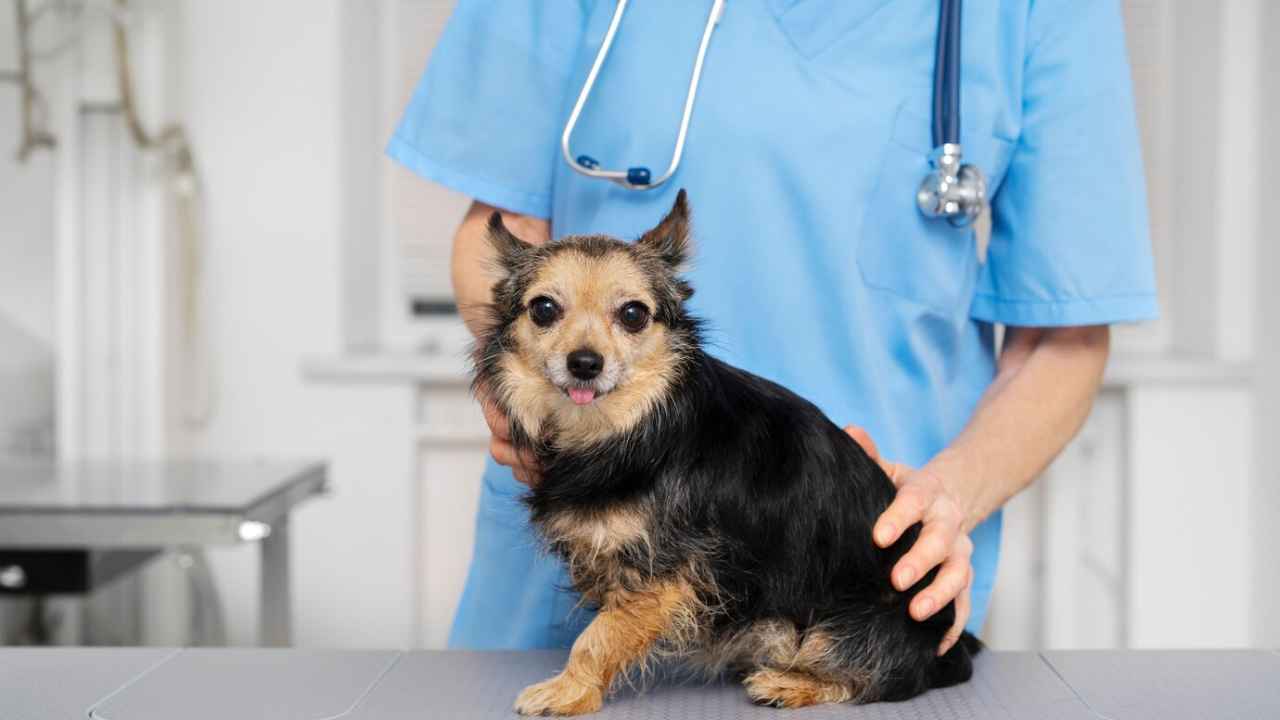
2. Increase Physical Activity
Exercise is a natural mood booster for both humans and dogs. When we exercise, our brains can release endorphins, which are feel-good chemicals that help combat depression and anxiety.
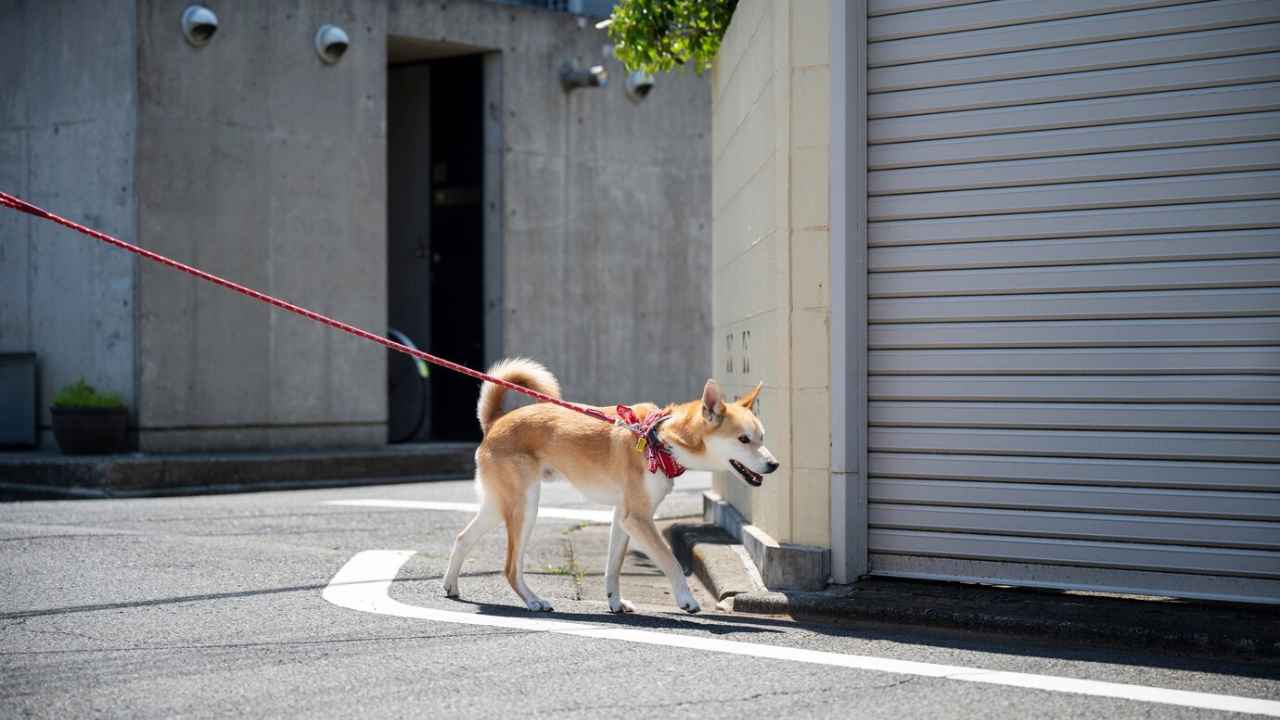
Try to increase your dog’s physical activity gradually. Start with short walks around the block and work your way up to longer adventures. If your dog enjoys playing fetch or running around the dog park, make time for these activities as often as possible. Not only will exercise help improve your dog’s mood, but it will also strengthen your bond and provide opportunities for positive reinforcement.
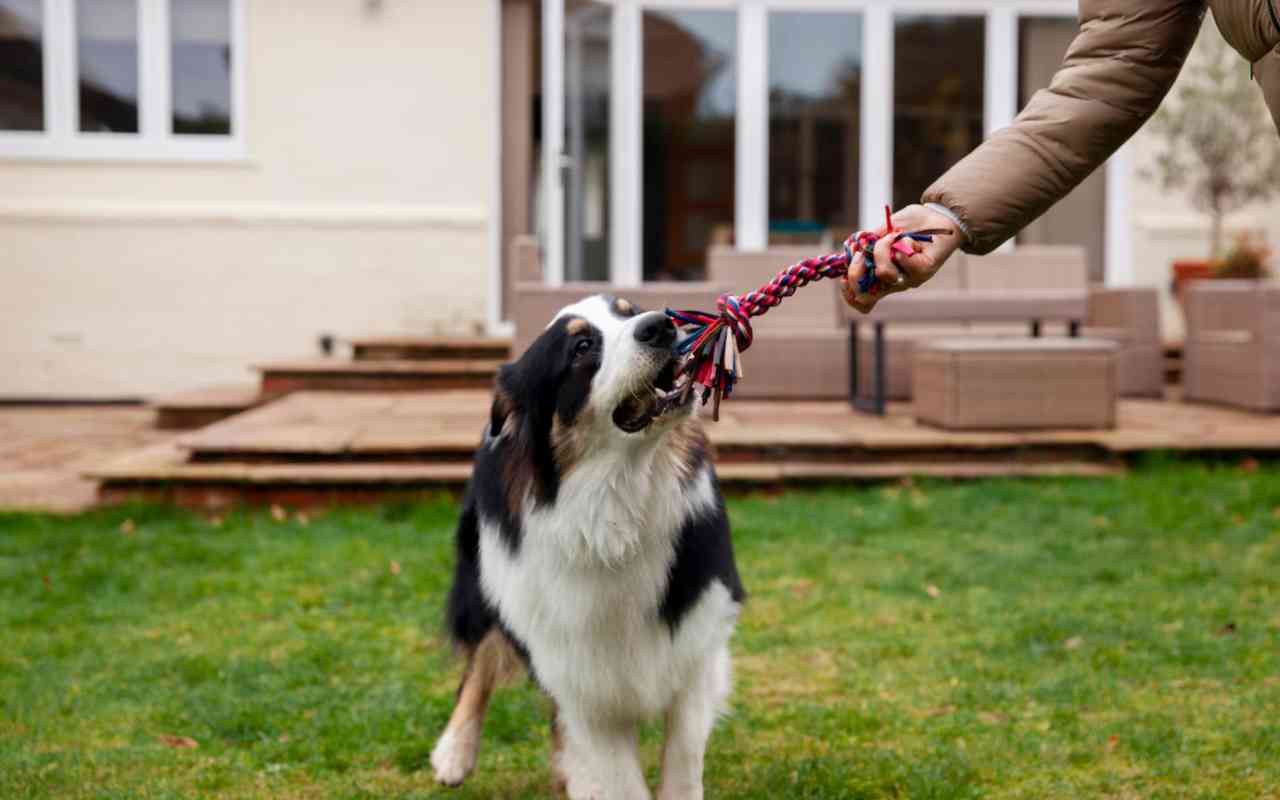
3. Provide Mental Stimulation
Just like physical exercise, mental stimulation is crucial for your dog’s overall well-being. Boredom and lack of mental engagement can contribute to depression, so it’s important to keep your dog’s mind active and engaged.
SHOP NOW
One of the most effective ways to do this is to provide treat puzzle toys that can challenge your dog to figure out how to access treats or kibble. You can also play interactive games like hide-and-seek or set up obstacle courses in your backyard. Training sessions are another great way to stimulate your dog’s mind while reinforcing obedience skills.
SHOP NOW
4. Offer a Balanced Diet
What your pup eats can have a significant impact on their mood and overall health. A diet lacking essential nutrients could lead to depression and other behavior problems.

Consult your veterinarian about your dog’s specific nutritional needs and consider switching to a high-quality, balanced food that meets those requirements. Avoid table scraps and excessive treats, as these can disrupt the balance of your dog’s diet.
5. Stick to a Regular Routine
Dogs thrive on predictability and routine. When they know what to expect each day, they feel more secure and confident. This is especially important for dogs who are prone to anxiety or depression.
Try to feed your dog and provide walks and exercise at the same times every day, even on weekends. Establish a daily schedule that includes plenty of opportunities for play, rest, and social interaction. Your dog will come to eagerly anticipate these activities and may even show signs of excitement.

6. Encourage Social Interaction
Dogs are social animals who require regular interaction with their humans and other dogs to feel fulfilled.
If your dog seems lonely or sad, consider expanding their social circle.
Take your pup to the dog park or enroll in a group training class where they can meet other dogs and people. Doggie daycare is another great option for social interaction, especially if you work long hours or travel frequently. If you have the time and resources, you might even consider adopting a companion animal for your dog.
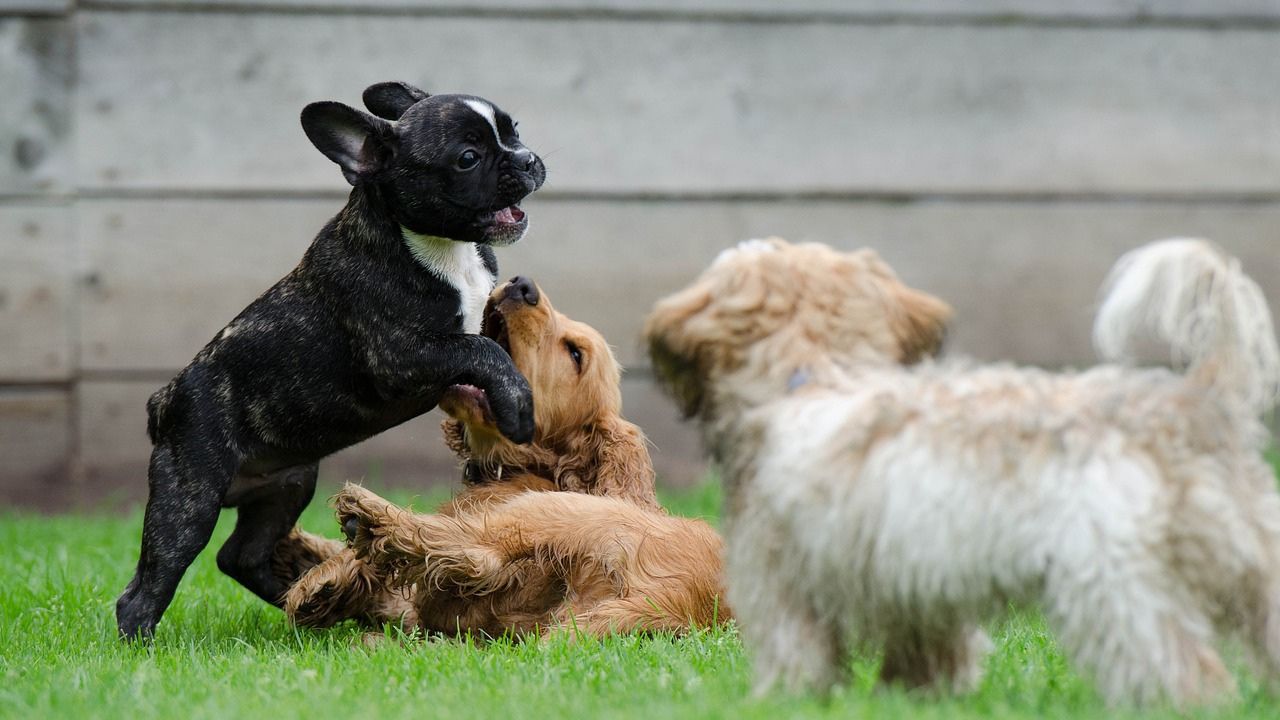
7. Practice Positive Reinforcement
Positive reinforcement is a pretty effective tool for shaping your dog’s behavior and boosting their confidence. Whenever your dog does something you like, such as sitting calmly or coming when called, reward them with praise, treats, or playtime.
Avoid punishing your dog for unwanted behaviors, as this can actually make their depression worse. Instead, focus on redirecting their attention to more appropriate activities and rewarding them when they make good choices.

Always keep in mind that your dog relies on you for guidance and reassurance. By consistently reinforcing positive behaviors, you can boost your dog’s sense of security and confidence in their own abilities.
FAQ
- Why does my dog look sad?
Studies have shown that dogs may wear a “sad face” when they know their owners are looking at them. This doesn’t necessarily mean they’re sad but rather that they’re trying to communicate with you in a way that elicits sympathy and attention.

2. How do I know if my dog is sad?
Sad or depressed dogs will show changes in their behavior, such as disinterest in play, clinginess, lethargy, and decreased appetite. If you notice any of these symptoms persisting for more than a day or two, it’s best to consult with your veterinarian.
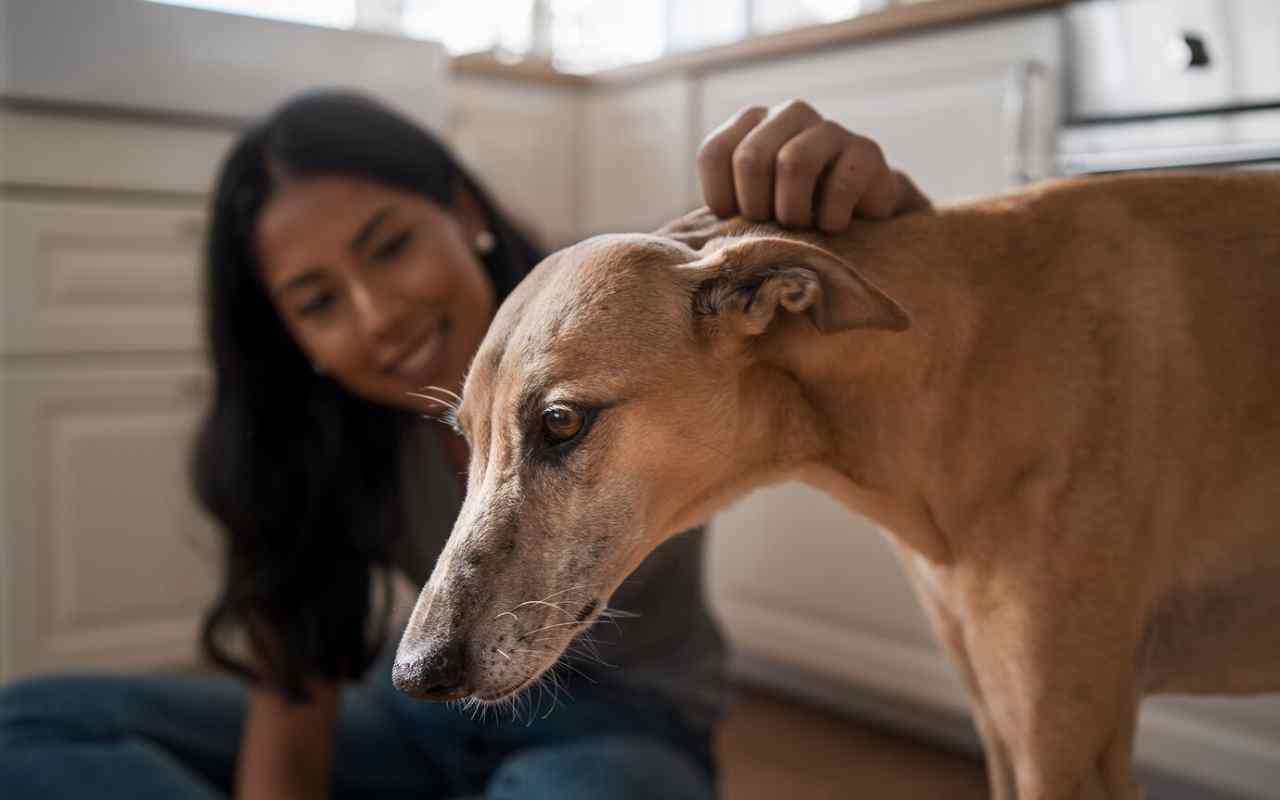
3. How can I cheer up my sad dog?
If your dog’s sadness seems mild and temporary, give it a day to see if it snaps out of it on its own. Monitor its eating and elimination habits closely, and reach out to your vet if you notice any significant changes.
Your vet can rule out underlying health issues and offer advice on how to enhance your dog’s well-being. This may include increasing exercise, providing mental stimulation, adjusting their diet, and offering plenty of love and affection.
VIEW MORE
4. How can I keep my dog entertained with puzzle toys without them getting frustrated?
It’s important to watch your dogs while they play with puzzle toys to make sure they don’t get frustrated or overwhelmed. Start with easier toys and gradually increase the difficulty as your dog gets better. Switch up the toys occasionally to keep your dog engaged and prevent boredom.

Final Thoughts
When it comes to your dog’s mental health, the combination of love and proper medical care can make all the difference. Understanding the signs and causes of depression in dogs is the first step in helping them feel better.
It’s important to remember that healing takes time, and there’s no need to rush the process. Your dogs may need extra rest and low-key activities for a while as they recover from their about of sadness. Spend plenty of time snuggling and providing a calm, supportive environment.
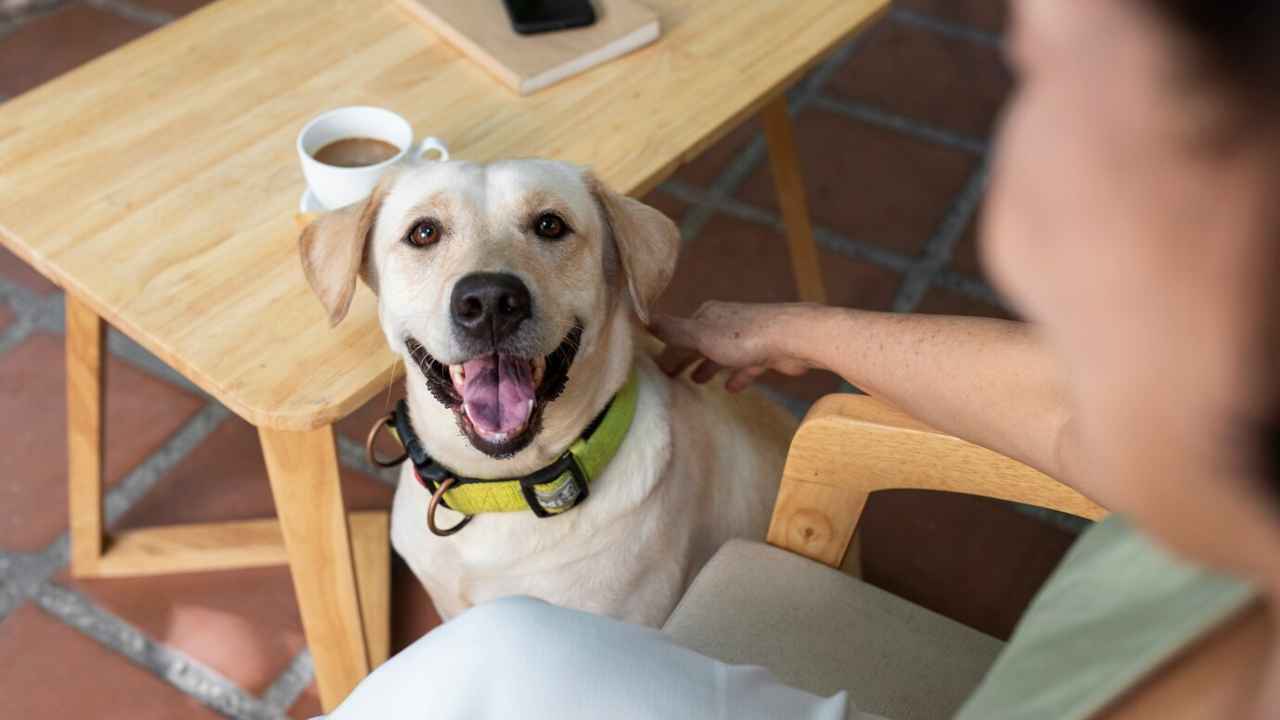
With patience, consistency, and the right interventions, your dog will return to their happy, healthy self in time. As a loving pet parent, your role is to provide the unconditional love and support they need to thrive, no matter what challenges they face along the way.